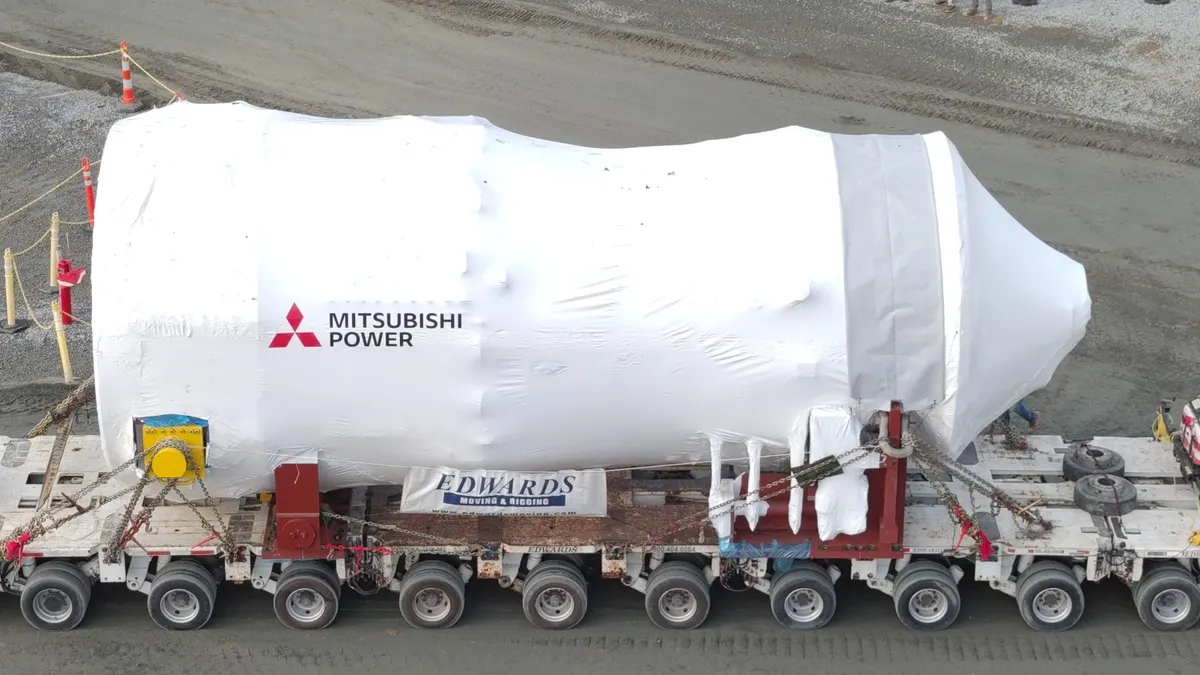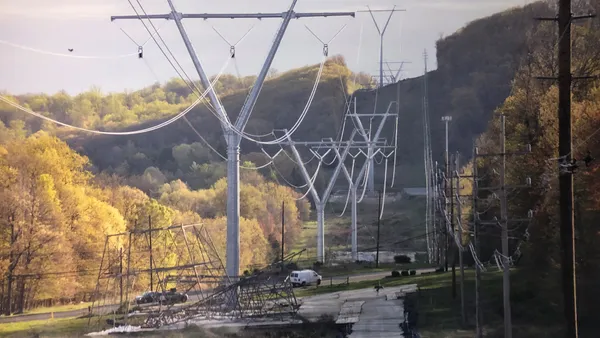Dive Brief:
- Six Alaska utilities in the state's so-called Railbelt region, which stretches 500 miles from the Kenai Penninsula to Fairbanks, have filed a progress update on their work done with American Transmission Co. (ATC) to form a single entity responsible for upgrading and operating the region's transmission system.
- Some $900 million in transmission upgrades are needed to unify the systems of six utilities in the region, according to the Alaska Journal of Commerce, and the improvements could lead to up to $240 million in annual savings.
- About 80% of Alaska's population is served by the six utilities working to form a single transmission utility. They expect the new entity to begin operating in the second quarter of 2017.
Dive Insight:
The majority of Alaska residents are served by the six Railbelt utilities, and regulators are pushing the companies to unify management of their transmission systems to form the Railbelt TRANSCO, a single transmission-only utility to serve the region.
It will take $900 million to unify and upgrade the system, according to a 2013 report from the Alaska Energy Authority, but the payback to consumers could quickly exceed the cost. Annual benefits of delivering power through a single entity are estimated at $80 million to $240 million annually.
The six utilities working with American Transmission Co. include: Anchorage Municipal Light and
Power; the City of Seward Electric System; Chugach Electric Association; Golden Valley Electric
Association; Homer Electric Association; and Matanuska Electric Association. The group has been working since last year on the the formation of a transmission-only utility to serve Alaska’s Railbelt region.
The transco would operate and maintain electric service "through prudent capital investment and associated construction the Railbelt’s transmission assets," the group told regulators in their progress update. The single entity would "operate, maintain, plan and construct electric transmission lines in and around the existing service territories of the Railbelt utilities," while owning no generation assets.
Forming a single transmission utility is expected to allow the existing power companies to pool funds for capital projects while ATC invests in transmission. The utilities are working with the company in part because the Wisconsin-based transmission-only utility was formed via a similar process 15 years ago.














